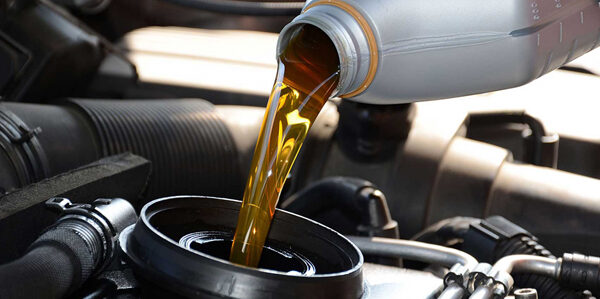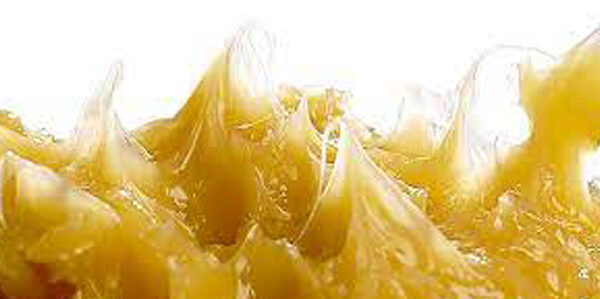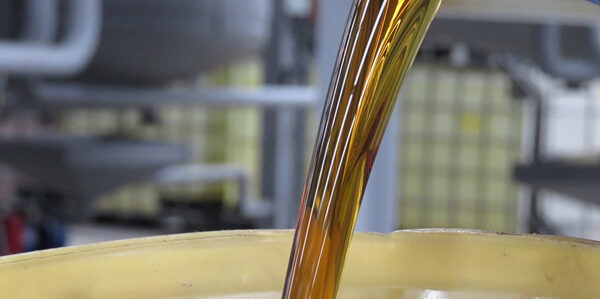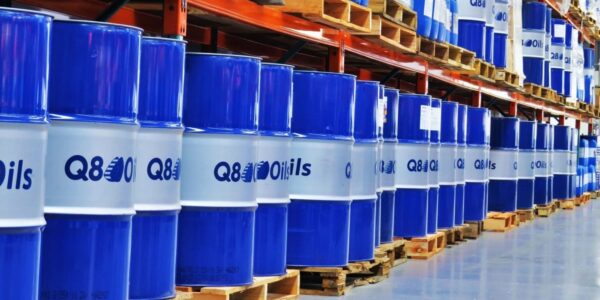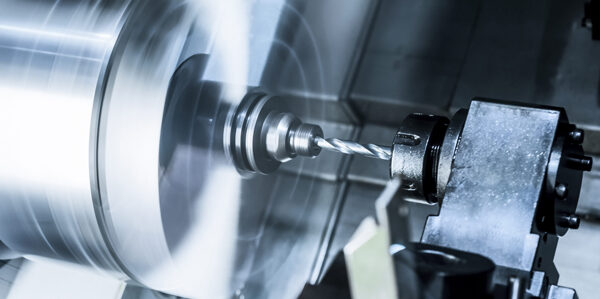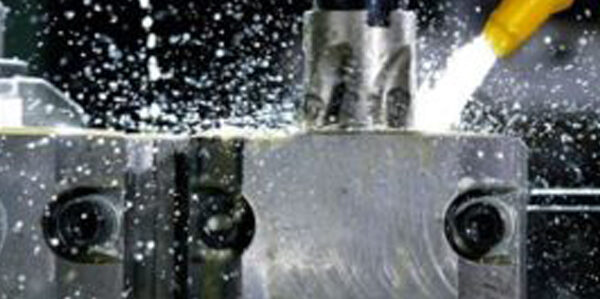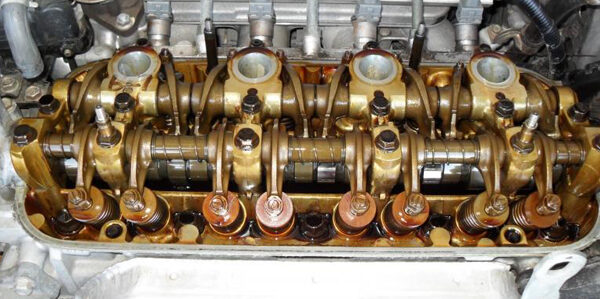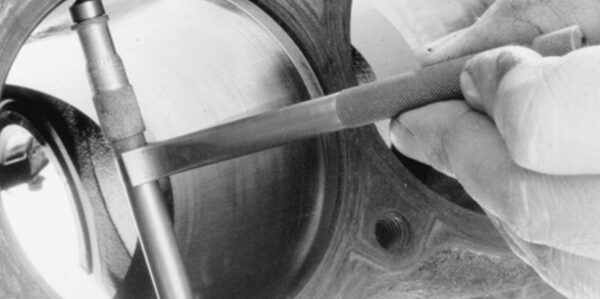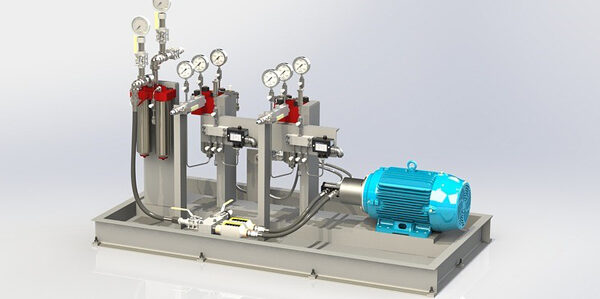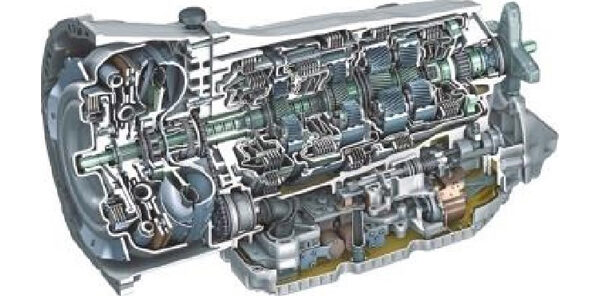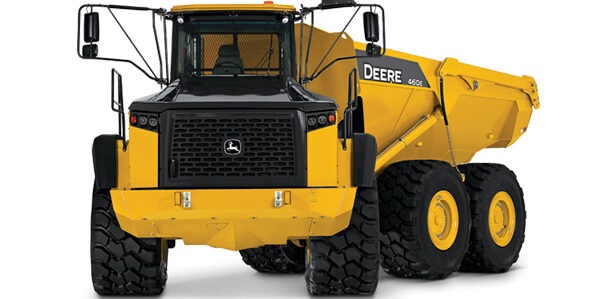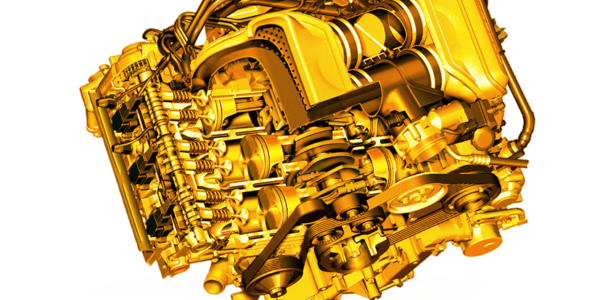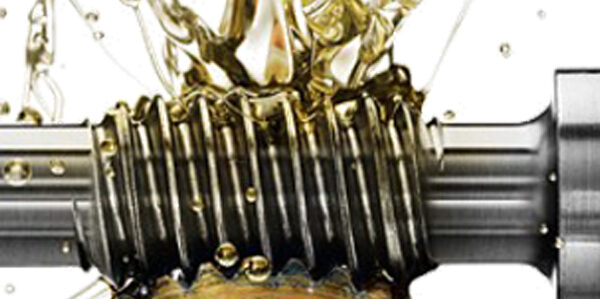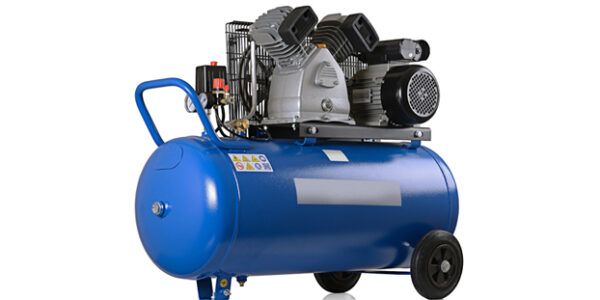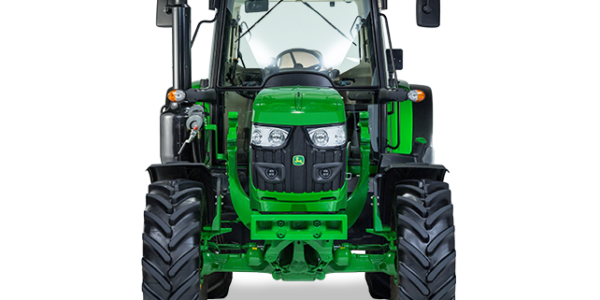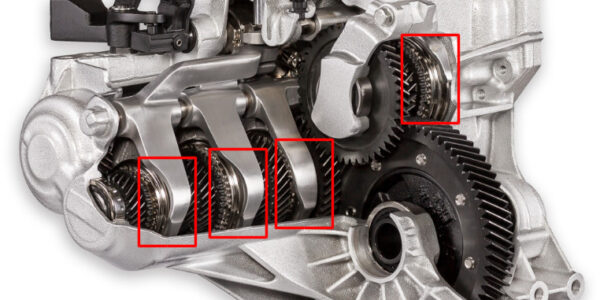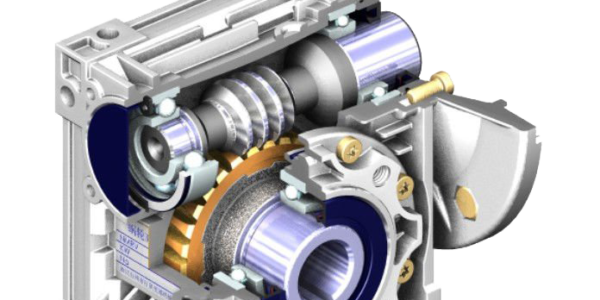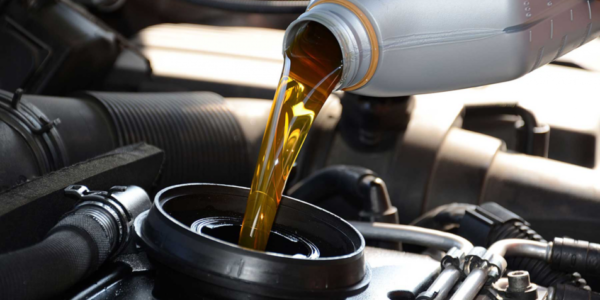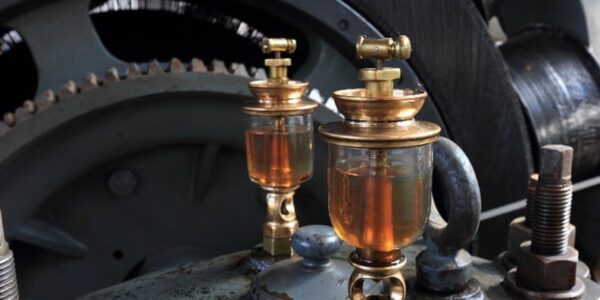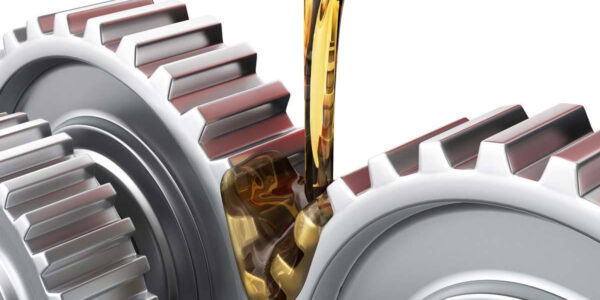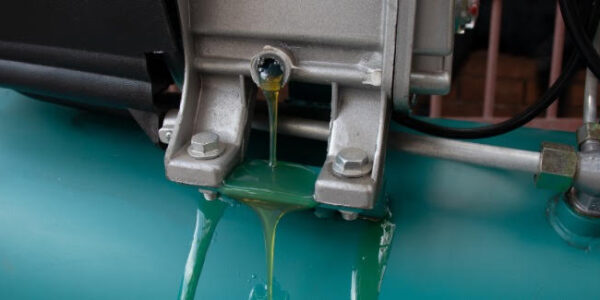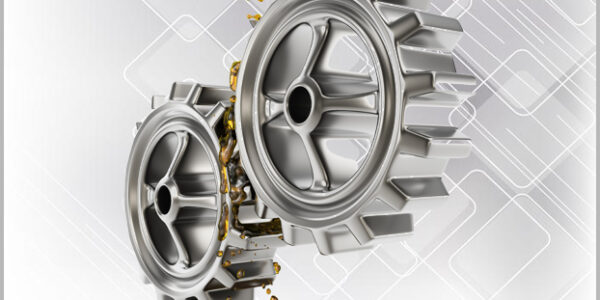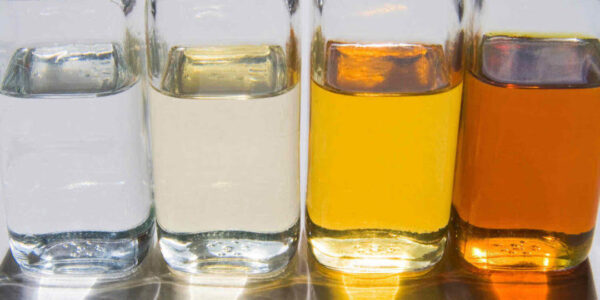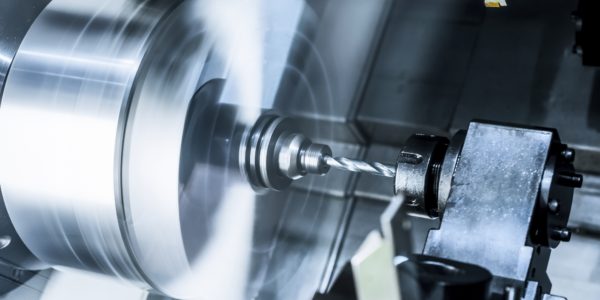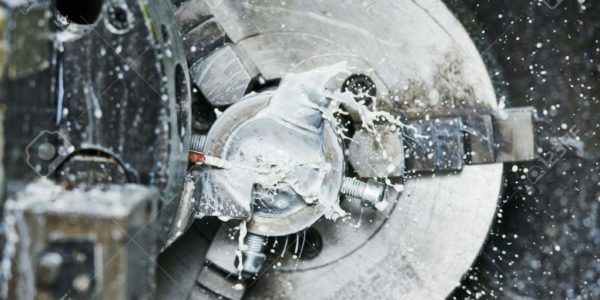Too Much Oil = Too Much Trouble
Too Much of a Good Thing: Why Overfilling Your Engine Oil is a Costly Mistake Engine oil is often described as ...
Read MoreTo grease or not to grease!
Over-greasing vs under-greasing: which one does more damage? When it comes to bearing lubrication, striking the right balance is crucial. But ...
Read MoreTiny Contaminants, Big Consequences
Protect Your Hydraulic System from Hidden Killers Hydraulic oil is the lifeblood of your hydraulic system — and just like blood, ...
Read MoreFlushing your engine
It’s a question many vehicle owners ask: Should I flush my engine? The short answer? Probably not—as long as you’re following ...
Read MoreMultigrade vs Monograde oil
Multigrade vs Monograde Oil: Understanding Engine Protection Through Viscosity Motor oil plays a critical role in engine health, with its primary ...
Read MoreHeat transfer oil
Hot stuff: Keep industrial systems running smoothly In industrial systems where temperature control is key, heat transfer oil is the quiet ...
Read MoreChainsaw oil
Cutting Edge Care: Keep Your Saw Sharp and Running Smooth Chainsaws are among the most powerful and versatile tools used in ...
Read MoreAW & EP Additives pt2
When the Pressure’s On: How EP Additives Step Up to Protect Your Equipment Welcome to part two of our blog series ...
Read MoreAW & EP Additives
Understanding anti-wear additives Lubricants are more than just oils—they’re complex formulations enhanced with chemical additives to perform under demanding conditions. Two ...
Read MoreWater in oil
Is Water Wrecking Your Engine? Water contamination in automotive oil is a serious issue that can lead to severe engine damage ...
Read MoreAir Tool Lubrication
The Secret to Smooth-Running Pneumatic Tools Air tools, also known as pneumatic tools, are a class of power tools driven by ...
Read MoreOil filter clogging
The Impact of a Clogged Oil Filter: Signs, Symptoms, and Why It Matters When it comes to maintaining your vehicle’s engine ...
Read MoreChain lubrication
Keeping the Links Alive: The Art of Proper Chain Lubrication Chains are everywhere. From bicycle gears to forklift mechanisms, and from ...
Read MoreOverheating
Can Low Oil Cause Your Engine to Overheat? Absolutely — Here’s Why.When we think of engine overheating, we often blame low ...
Read MoreBase oils
Understanding Synthetic Base Oils: A Closer LookBase oils form the foundation of all lubricants, making them a critical component in ensuring ...
Read MoreSludge
Understanding Engine Sludge: Causes, Fixes, and PreventionEngine sludge is a serious issue that can cause major problems for your vehicle if ...
Read MoreAeration and foaming
Foaming and air entrainment in lubricating oil circulation systems are more common than you might think. Left unchecked, they can lead ...
Read MoreEngine oil deterioration
Engine oil deterioration and deposits: what you need to know! In our previous blog, we explored the issue of soot in ...
Read MoreSoot in engine oil
Soot is a by-product of combustion and is present in all used engine oils. Soot is generated as a result of ...
Read MoreTwo-stroke oil lubrication – part 3
If you take a close look at the label on a two-stroke (2T) oil container, it is very likely that you ...
Read MoreTwo-stroke oil lubrication – part 2
When it comes to two-stroke or two-cycle (2T) engine oil every two-stroke enthusiast is an ‘expert’. Some old-timers still believe castor ...
Read MoreTwo-stroke oil
Two-stroke or two-cycle (2T) petrol engines have very specific lubrication requirements. The reason for this is that 2T engines have much ...
Read MoreLubricant shelf life
It is often asked what the acceptable storage life for lubricants and associated products is. Regrettably there is no simple straightforward ...
Read MoreHigh Temps, High Sheer Viscosity
Our previous blog dealt with Fuel Economy and Wear in engines as well as the impact of the SAPS (sulphated ash, ...
Read MoreEngine Oil Fuel Economy vs Wear
In this blog we debate a rather controversial topic: Fuel Economy vs Wear in engines. It is often believed engine oils ...
Read MoreSmooth turns ahead – LSD
Without a limited slip differential (diff) cars, trucks and off-road vehicles cannot turn without their inner driving wheels spinning or the ...
Read MoreSlideway lubricants
In this blog, we will endeavour to explain what slideway lubricants are, their functions and how they work. Slideway oils derive ...
Read MoreMetal working fluids pt 2
Manufacturers with metalworking operations and machine shops use and dispose of a substantial amount of metalworking fluid each year. These operations ...
Read MoreMetal working fluids
Metalworking is a collective name for a variety of machining processes whereby metal is brought to a specified geometry by removing ...
Read MoreDetergent dispersant additives
Motor oil deteriorates during its life in the engine due to oxidation. This results in sludge, varnish and resins that become ...
Read MoreViscosity Index Improvers
The Viscosity of a fluid is its resistance to flow. It is generally perceived as “thickness”. The higher the viscosity, the ...
Read MoreCylinder bore glazing
In our previous blog we spoke about bore polishing in diesel engines. Now the question is what is the difference between ...
Read MoreThe hidden damage lurking in your engine
Q8 Formula Truck 7000 15W40, our new top tier heavy duty diesel engine oil, is designed to protect engines against bore ...
Read MoreTBN Talk – what is your oil trying to tell you!
Total Base Number (TBN), sometimes referred to as Base Number (BN), is an important property of engine oil. TBN is a ...
Read MoreFluid power – harness the strength of hydraulic oil!
The two primary considerations when selecting a hydraulic fluid are the viscosity grade and the hydraulic oil type. These are typically ...
Read MoreChill factor – Borderline Pumping Temperature (BPT)!
The viscosity of lubricating oil becomes progressively higher as the temperature of the oil is lowered until it becomes too thick ...
Read MoreSmooth operator – the magic of automatic transmission fluid!
Modern Automatic Transmission Fluids (ATF’s) are formulated with the most complex chemistry of all lubricating fluids. During the late 1930’s General ...
Read MoreBrake fluid – small bottle, big impact!
The brake system is possibly the most neglected component of motorcars. Most drivers check tyre pressures and change engine oil at ...
Read MoreUnlocking Mining’s Power with Lubricating Oils
Lubricating oils play a critical role in the mining industry, ensuring the smooth and efficient operation of machinery under some of ...
Read MoreThe journey of oil inside the engine
We have all seen bright and clear fresh oil being poured into an engine when a vehicle is serviced or when ...
Read MoreAntifreeze engine coolants
Research has indicated that up to 60% of all engine failures are related to the engine cooling system and ultimately to ...
Read MorePour point of lubricating oil
With winter approaching it is now an apt time to discuss the Pour Point of lubricants. The pour point of a ...
Read MoreLubrication Regimes
The regimes of lubrication can be compared to water skiing. Skiers normally start by entering the water with their skis on ...
Read MoreCompressor Lubrication pt 2
This blog continues on from Blog 18 where we looked at compressor lubrication… The lubrication requirements of positive displacement compressors are ...
Read MoreBreathe in…Breathe out!
A compressor can be described as a pump or other device that ‘inhales’ air and delivers it at a higher pressure. ...
Read MoreOptimal control on the trails
Hydraulic brake fluid plays a crucial role in the performance and safety of mountain bikes. Specially designed for hydraulic braking systems, ...
Read MoreLong Life 5W-30 oil
Q8 Formula Special G Long Life 5W-30 is a new generation synthetic engine oil designed for use in modern, high performance ...
Read MoreProtecting critical engine parts
An engine is assembled from many individual parts. Ensuring a good oil flow to critical areas is essential to guarantee the ...
Read MoreGrease oil separation
When you open a container of lubricating grease, chances are you may see a thin layer of oil at the top ...
Read MoreUniversal tractor lubricants
Tractors don’t come up on our radar screens all that often but modern farm equipment is a far cry from the ...
Read MoreGear Oil & Synchronised Transmissions
One of the most frequent questions that comes up around gear oil is “Can GL-5 gear oils be used in vehicles ...
Read MoreDecoding Gear Oil
The API (American Petroleum Institute) defines automotive gear lubricant service designations to assist manufacturers and users of automotive equipment in the ...
Read MoreUnveiling Motor Oil
Motor oil is a lubricant used in internal combustion engines to reduce friction and provide essential protection to engine components. There ...
Read MoreACEA Oil Sequences pt 2
The ACEA Oil Sequences describe, amid others, “E” category service-fill oils for heavy duty diesel engines. These sequences define the minimum ...
Read MoreACEA Oil Sequences pt 1
ACEA is the abbreviation for the Association des Constructeurs Européens d’Automobiles or the European Automobile Manufacturers’ Association in English. Among many ...
Read MoreAPI Petrol Engine Oil Classifications
In the early days of the automobile, engine oils were classified by viscosity grade only. By 1930 vehicle manufacturers, however, ...
Read MoreEngine oil composition
The prime functions of engine oil are to lubricate, cool, clean, protect and seal. In the early days of the automobile ...
Read MoreIndustrial gear oil classification
The American Gear Manufacturers Association (AGMA) has gone a step further than the ISO 3448 viscosity classification system for industrial oils ...
Read MoreIndustrial oil viscosity classification
After the industrial revolution many classification systems were devised to designate viscosity grades for lubricants used in manufacturing and other industrial ...
Read MoreAutomotive Gear Lubricant Viscosity Classification
The SAE J306 standard specifies viscosity limits for the classification of automotive gear lubricants. SAE J306 viscosity grades should not be ...
Read MoreSAE Viscosity Grades for Engine Oils
The earliest attempts to classify motor oils were made when automobiles first appeared. Even at this early stage, viscosity was recognized ...
Read MoreViscosity and Viscosity Index
Viscosity is probably the single most important property of oil in terms of lubrication but what is viscosity really? Informally viscosity ...
Read MoreLubricant Base Oil
In most instances lubricating oil is a blend of base oil and additives with the base oil content being anything between ...
Read MoreHow the Covid-19 Pandemic impacted the Lubricant Industry
OilChat has been out of circulation for some time due to Covid-19 ramifications, but it is now back on track with this ...
Read MoreSlideway Lubricants OilChat#39
In this edition of the newsletter, we will endeavour to explain what slideway lubricants are, their functions and how they work. ...
Read MoreMetalworking Fluid Management OilChat#38
Manufacturers with metalworking operations and machine shops use and dispose of a substantial amount of metalworking fluid each year. These operations ...
Read MoreMetal Working Fluids OilChat#37
Metalworking is a collective name for a variety of machining processes whereby metal is brought to a specified geometry by removing ...
Read More
